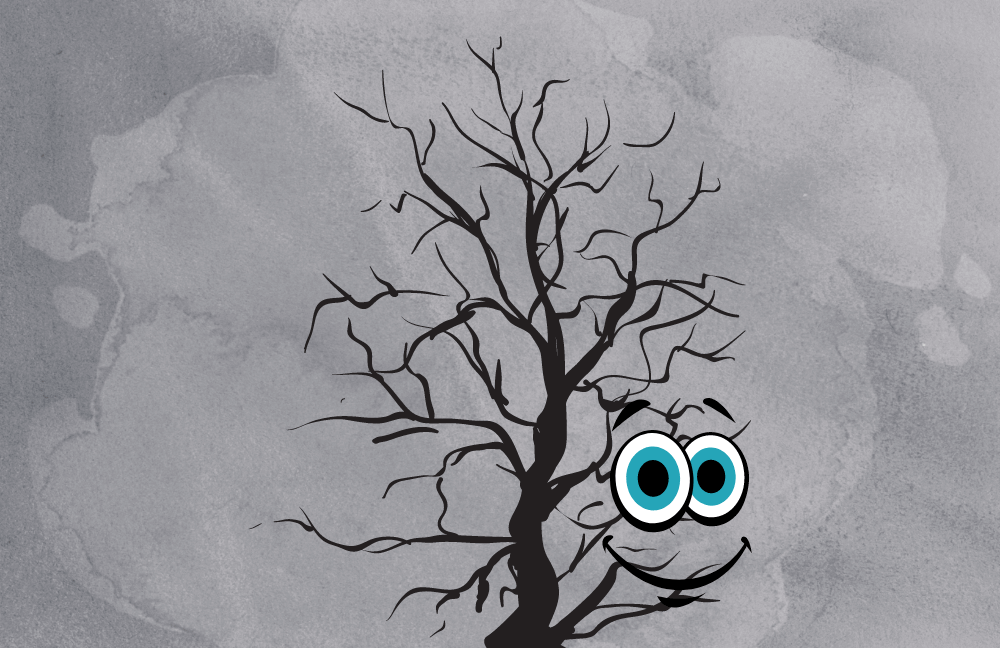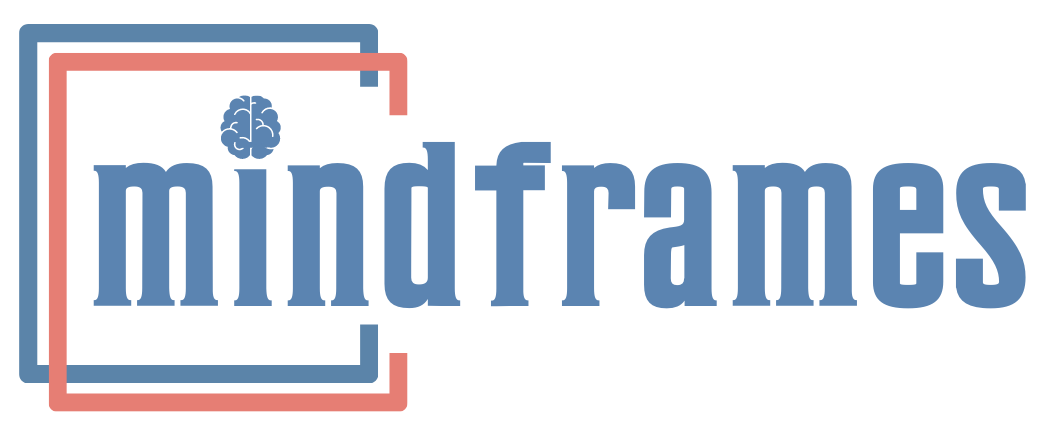Stress Management Training
Interventions for Stress at Work
Stress is long known to precipitate physical and psychological problems at the employee level. This reflects at an organizational level as poor communication, impaired team collaboration, diminished work motivation, greater absenteeism, lesser productivity and disruption in the organization’s bottom line. Research has repeatedly affirmed improvement of emotional reactivity from workplace wellness interventions. These programs are effective and generally long-lasting based on the intervention type. They are known to preserve emotional and physical health and build resilience to pressures at, as well as outside of work.
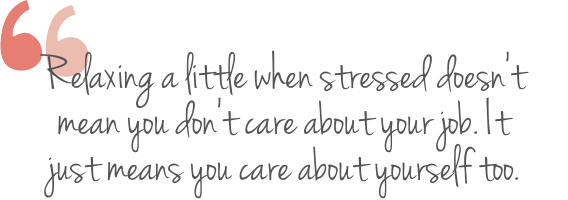
Stress as a Reaction to Change
Getting Worked Up is Harmful
People see change as threatening. Whenever faced with a threat that exceeds coping faculties, we feel like a deer caught in the headlights. And freeze. Instead of fleeing the situation (which is often rational) or fighting it tactfully (this is always logical); some people simply freeze. They react to change like it’s catastrophic.
The fright component of the cortisol response pushes them to dysfunctional, faulty, deceptive emotional states that lead to flawed choices. Workplaces can be very demanding. Employees may get stuck in the vicious cycle of worry and succumb to stress. And turn to negative coping strategies like addiction to smoking, drinking, or drugs of abuse; anger or emotional eating. These become readily available (albeit dysfunctional) stress busters. They get caught in a dysfunctional vicious cycle.
Cognitive Appraisal
Any demand on the body or mind qualifies as a stressor. Yet, some see it as threatening, while others envision an opportunity. Identical situations arouse distinctive reactions in dissimilar people at the same instance. Even in people that have common genetic threads, comparable age, and similar ethnicity, income, health status or work profile. While outside triggers seem alike, inner coping capacities of people differ.
Employees each have unique adaptabilities, resilience levels and ways of coping. These regulate their perception of life events as chaotic, or normative. This appraisal is largely contingent on the perception of magnitude of physical demands, task demands, role demands and interpersonal demands that the situation impinges. The problem is never the real problem. It’s our reaction to it which is.
Positive or Normative - Eustress
In dangerous situations, stress signals the body to prepare to fight the threat or flee to safety. The pulse quickens, we breathe faster, our muscles tense up, and the brain uses more oxygen. All body functions are aimed at survival and in response to stress. In non-life-threatening situations too however, stress can be a motivator. Some stress is critical for optimizing performance.
It’s good to occasionally push capacities: exercise just a little more than yesterday, stretch a little extra in yoga today, ruminate a bit over the upcoming interview or repeatedly rehearse for the presentation with the CEO. This normative reaction is called constructive stress. It compels prime performance, and raises probabilities of goal realization. However, its opposite, also well known as distress refers to unhealthy, negative, destructive outcomes of stressful events that impact human performance adversely.
Negative or Destructive - Distress
When change appears all out threatening, the body’s alarm is set off at a higher volume to unleash its defense protocol. Cortisol skyrockets, initiating the process to combat the stressor. Once in a while this is manageable. But when the tension is more constant and unrelenting, one endures long term stress.
Now the body never receives a clear signal to return to normal. With chronic stress, the lifesaving fight, fright and flight reactions begin to disturb the immune, digestive, cardiovascular, sleep, and reproductive systems. Employees might experience digestive symptoms (diarrhea, constipation, IBS), while several others may have headaches, sleeplessness, sadness, anger, or irritability. This can be a forerunner for deeper psychological illnesses like anxiety, depression, phobia and in extreme cases, psychoses too.
Myths About Stress
- Stress affects only weak people
- Stress is normal and not a big deal
- Stress is negative and destructive
- Everybody feels the same stress
- We should control the environment
- Our reactions to stress don’t matter
- Stress management isn’t a real thing
- We must manage stress on our own
Facts About Stress
- Stress affects everybody, anytime
- Long term stress damages health
- Stress is not always destructive
- Stress perception is subjective
- We cannot control most stressors
- But we can control our reactions
- Stress management can be taught
- Stress management can be learned
Pressures at Work
All stress is a negative psycho-physiological reaction to change. At work in particular, this comprises harmful physical and emotional responses that happen when there is a conflict between job demands on the employee and the amount of control he or she has over meeting these demands. Many extra-organizational factors can also contribute to an individual’s experience of strain – illness in the family, a pending divorce, housing conditions, the general economy; children’s schooling, pandemics, lockdown, natural calamities and so much more. But work pressure, poor time management, lack of appreciation, disparities with managers, conflict with colleagues, lack of assertiveness, workplace bullying, toxic work environments or toxic coworkers, work-life imbalance; all contribute to defenselessness.
Dr Shefali Batra: Reframing Chaos
MindFrames workshops and webinars are not isolated events. Humans lose 80% of what they listen to in ordinary conversation as well as lectures and presentations. Memory laws insist that reinforcement is imperative to cement ideas and values into the consciousness as well as subconscious automated mind.
That is why we like to precede workshops with an online assessment tool that employees complete confidentially and get individualized reports. This builds an appetite for the subject and raise questions in curious minds. After this, the workshops and webinars disperse evidence-based information delivered in a friendly and interactive manner; and we sum it up with follow up suggestions and material to take home so they can savor and imbibe it with time.
Stress is unavoidable, but its perception can be modified by nourishing healthy coping mechanisms and enhancing resilience. Dr Shefali assists this with the bottom-up approach of individual-level interventions (education, relaxation training, biofeedback, meditation) as well as broader top-down organizational level interventions (supervisor training, manager resilience and organizational climate modification). She has created tools for emotional wellness evaluation, relaxation as well as mindfulness, all of which are customized to preference in all our corporate wellness initiatives.
We are eager to help you shape your workplace better to assure a healthier emotional climate. All programs are customized, with flexibility in frequency, duration of workshops, analysis, assessment, educational material, and more. The cost of putting out fires supersedes that of building resilience to prevent them. Please connect with us, so together we can make a difference.
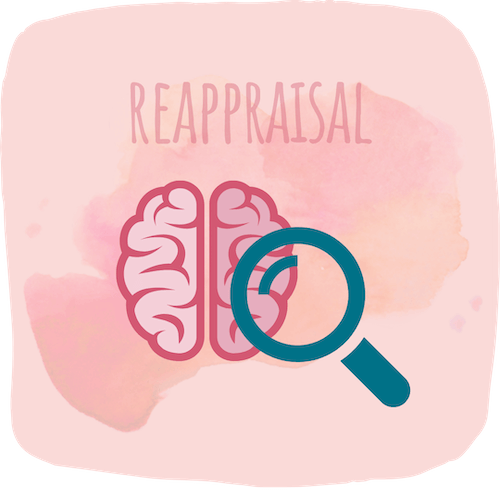

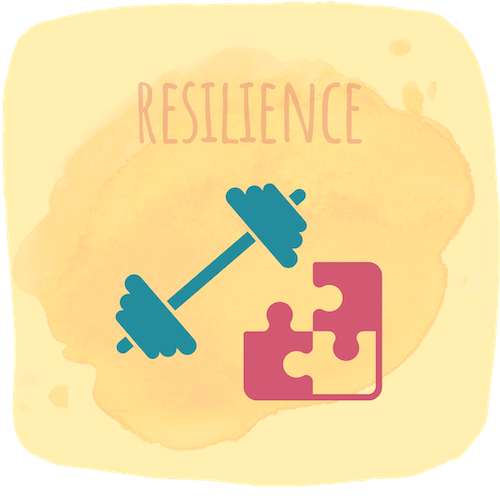

References
- Herr, R. M., Barrech, A., Riedel, N., Gündel, H., Angerer, P., Li, J., (2018). Long-Term Effectiveness of Stress Management at Work: Effects of the Changes in Perceived Stress Reactivity on Mental Health and Sleep Problems Seven Years Later. Int J Environ Res Public Health. Feb 3;15(2):255.
- Cohen, S., Janicki-Deverts D., Miller, G. E., (2007). Psychological stress and disease. JAMA;298:1685–1687.
- Stansfeld, S., Candy, B., (2006). Psychosocial work environment and mental health – A meta-analytic review. Scand. J. Work Environ. Health;32:443–462.
Latest Posts
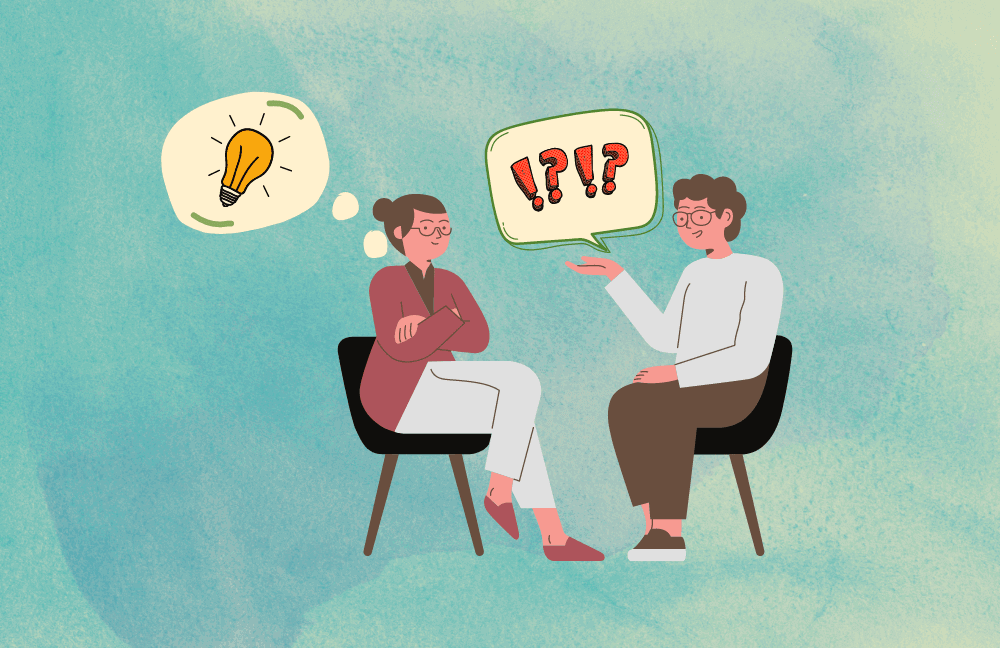
7 Reasons Why You Should Seek Therapy

7 Questions About Workplace Stress Answered
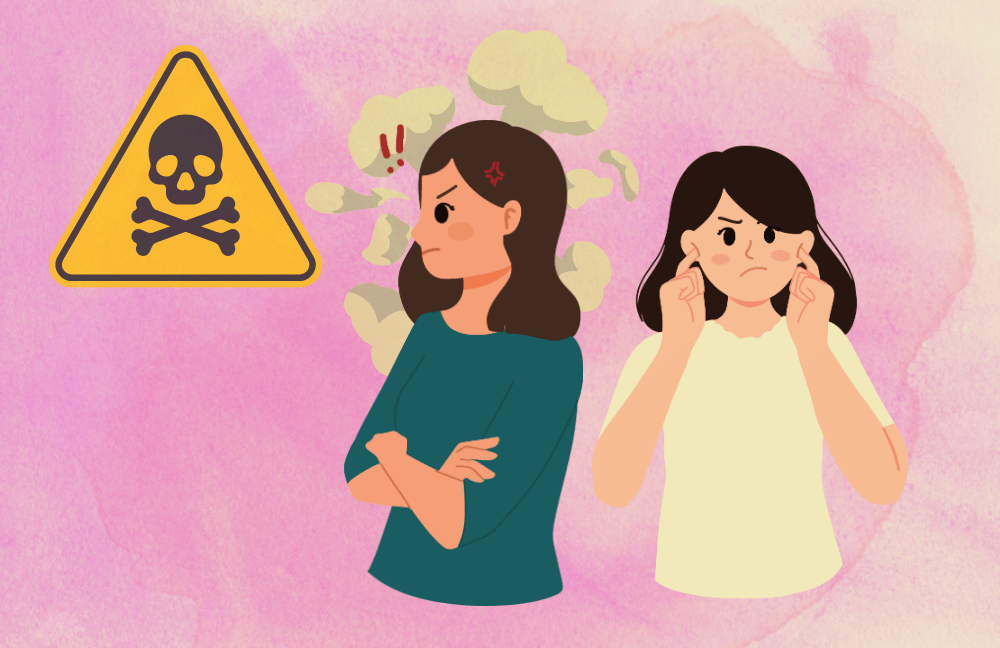
5 Ways To Deal With A Toxic Coworker
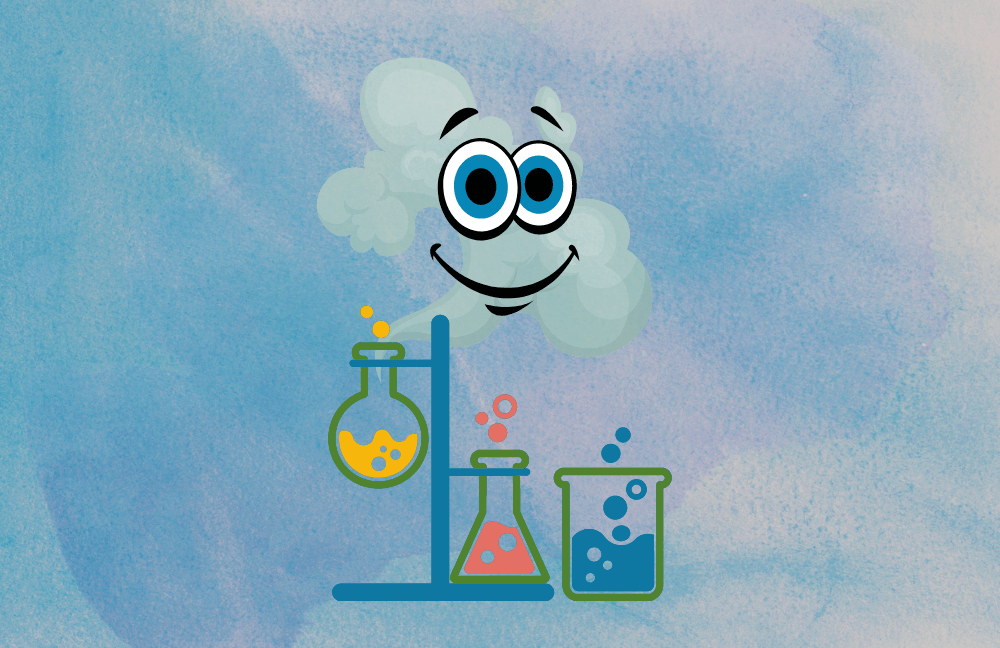
Science of Happiness: 1000s Of Years Of Research
